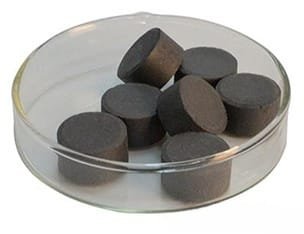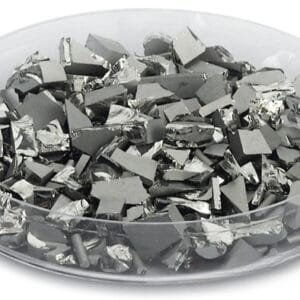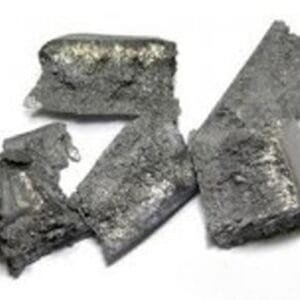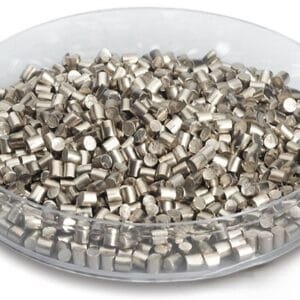Aluminium telluride evaporation materials, with the chemical formula Al₂Te₃, are crucial for achieving high-quality deposited films. TFM specializes in producing these telluride ceramic materials with purity levels up to 99.9995%. Our stringent quality assurance processes ensure the reliability of our products.
Product Specifications
| Compound Formula | Al2Te3 |
|---|---|
| Molecular Weight | 436.76 |
| Appearance | Dark grey or black |
| Melting Point | 900 °C |
| Boiling Point | N/A |
| Density | 4.5 g/cm3 |
Applications
Aluminium telluride evaporation materials are widely used in various film applications, including anti-reflection coatings, hard films, glass films, and multilayer films.
Packaging Details
Our aluminium telluride evaporation materials are securely packaged in plastic vacuum bags to protect them during storage and transportation. Each package includes a Certificate of Analysis (COA) for the raw material to ensure quality.
Why Choose TFM?
TFM is renowned for producing high-purity aluminium telluride evaporation materials suitable for semiconductor, chemical vapor deposition (CVD), and physical vapor deposition (PVD) applications. Our team’s expertise in engineering, manufacturing, and analysis ensures we provide industry-leading products. Contact us today for more information or to make an inquiry.


 MSDS File
MSDS File



Reviews
There are no reviews yet.